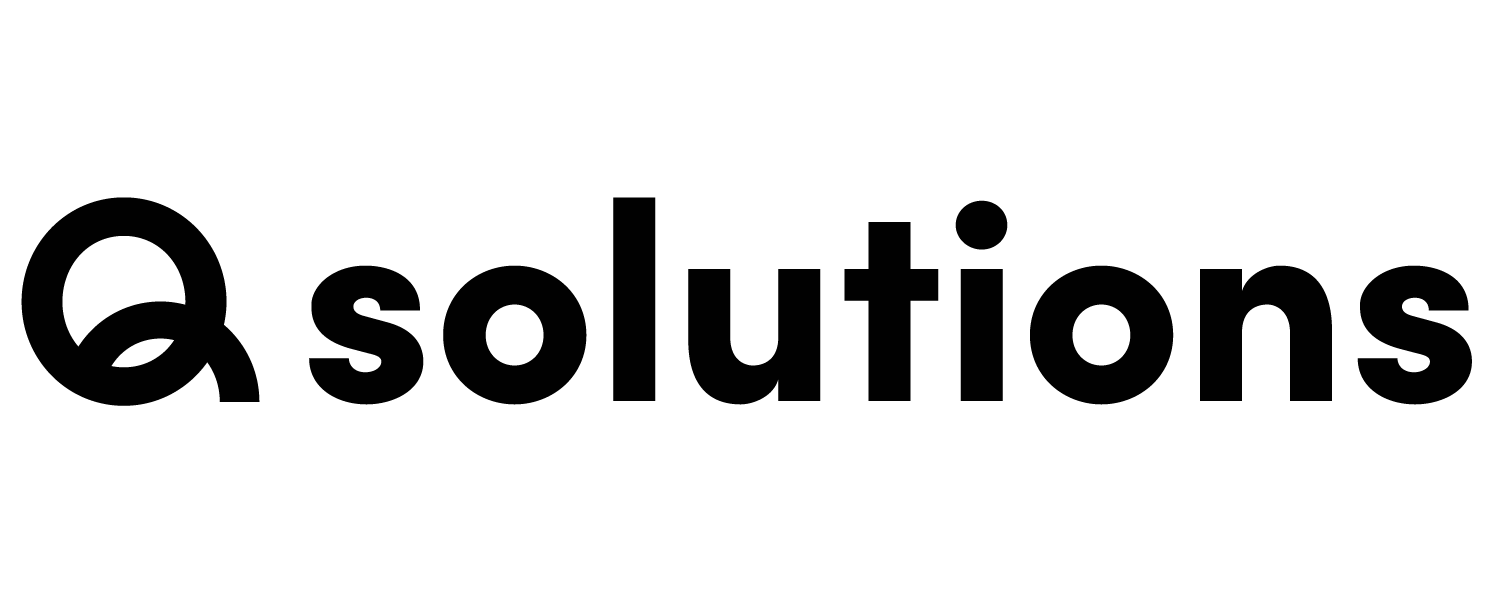We can’t help but chuckle when we hear the phrase “We’ve sent the files to the lithographer” in 2023. Seriously, folks? Are we still stuck in the 1980s? It’s high time for an upgrade, don’t you think?
What the f*ck is a lithographer?
A lithographer is this old-school technician who used to work with metal plates and grease-based mediums in a traditional printing method called lithography. But here’s the deal: as the process went digital, the lithographer turned into a glorified PDF technician, tweaking files for print. They convert and optimize images for CMYK printing, create print-ready PDFs, and mess around with contract proofs.
Revamping the Printing Workflow: Out with the Old, In with the New
For regular printing tasks (magazines, brochures, folders, leaflets, etc.), there are smarter and more efficient ways to handle the process:
- Automate image conversion: Use an expert system to convert images to CMYK on the fly when creating PDF files for print.
- Get a head start on image optimization: Optimize images in RGB earlier in the process, so the final result is visible immediately and can be easily reused across various channels.
- Bring in the expert systems: Simplify the process of creating print-ready files for the correct printing press and paper with an expert system.
- Ditch the contract proofs: Use a soft proof on a calibrated monitor for faster, more accurate results.
Perks of Ditching the Lithographer and Overhauling the Workflow
In this crazy digital age, it’s time to kick outdated processes to the curb and embrace the future. By revamping your printing workflow and saying sayonara to the lithographer, your business can score some sweet benefits:
- WYSIWYG (What You See Is What You Get): See the final result right away, no guesswork needed.
- Reduced deadline stress: Streamlined processes mean way less stress.
- Shorter approval cycles: Faster turnaround times for projects.
- Top-notch quality: Better optimization and image quality, because who wants mediocre?
- Greater control: Direct management of the printing process.
- Cost reduction: Lower overhead costs and increased efficiency.
